Restore A Muscle Car
There are still worthwhile muscle car projects out there, and a quick glance at price differences between finished and un-finished examples shows you just how important the restoration process is.
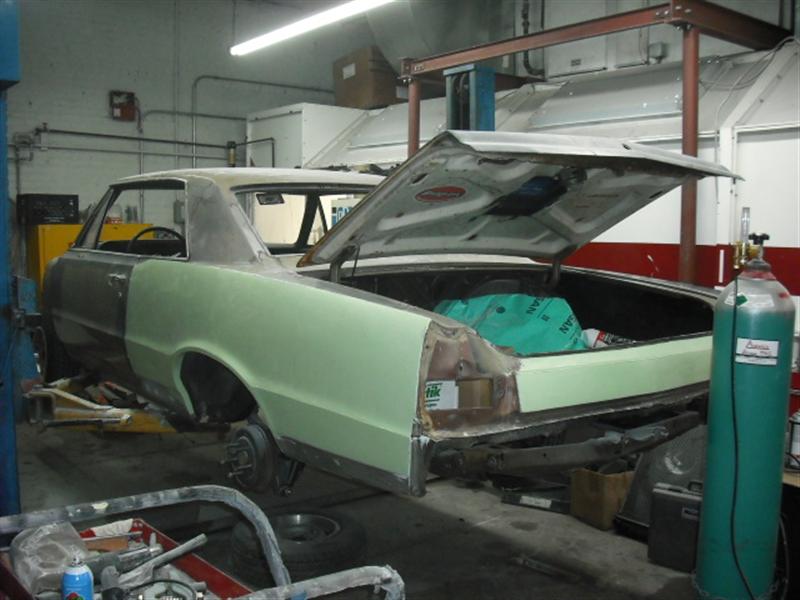
Of my dozen or so old car projects, two of them were muscle cars. Every car project presents it's own unique challenges, and muscle cars will add a few more.
Sheet Metal Repair
Old trucks and muscle cars have something in common--they are the most abused and beat-up vehicles out there! Many have been subjected to "backyard engineering" such as cutting out front and rear fenders to accept larger than stock tires, etc.
What Does "Numbers-Matching" Mean?
With few exceptions, engines and transmissions in American cars were coded from the factory at time of manufacture. Most carry a number/letter stamping that corresponds to the vehicle it originally went into. Of course, these can be altered (which is illegal) so you have to be careful when purchasing one. Familiarize yourself with that year and model to help spot a non-original motor.
If you find a real numbers-matching muscle car, many of the other original components could be long gone by now. Aside from the motor, other things that usually "disappear" from an old muscle car are the transmission and factory wheels.
Engine Build
For motorheads, the most satisfying part of an old car restoration is rebuilding the engine. Muscle car engines are big and heavy, so you'll need an engine hoist and a good quality engine stand.
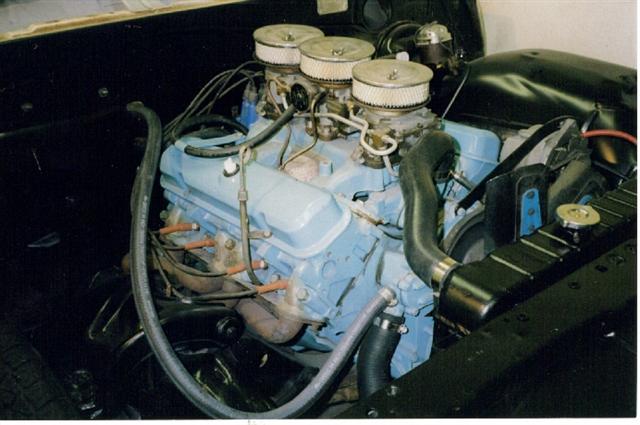
Engine Hoist
To remove the engine from a muscle car, you need an engine hoist. I've always rented or borrowed one when needed. Most major auto parts stores offer two-day rentals, but you must leave a deposit, usually with a credit card.
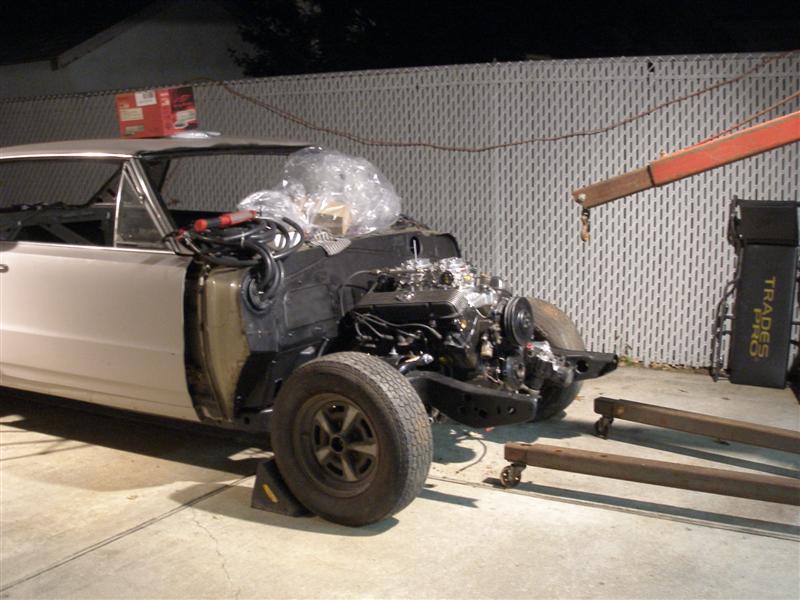
Remember that you'll need an engine hoist at least twice, once to remove, and once to reinstall. If you think you'll be doing more than one engine removal, consider buying one.
Muscle car engines are just about the heaviest engines ever put into passenger cars. For example, a Gen One small-block Chevy engine is about 535 pounds, and a Chevy 454 big-block is about 650 pounds. A 318 or 340 Mopar engine weighs about 525 pounds, and a 440ci motor can weigh anywhere from 670 pounds and up. A Gen Two 426 Hemi weighs in at 765 pounds, but add an alternator, water pump, p/s pump, manifolds and brackets, and that figure can be 850 pounds or more.
V8 Engine Stand
You can rent or borrow an engine hoist, but you need to buy a quality engine stand. Stay away from those cheap $60 specials - get a good, heavy-duty stand. Look for one with a 1,000-lb minimum capacity and dual front wheels.
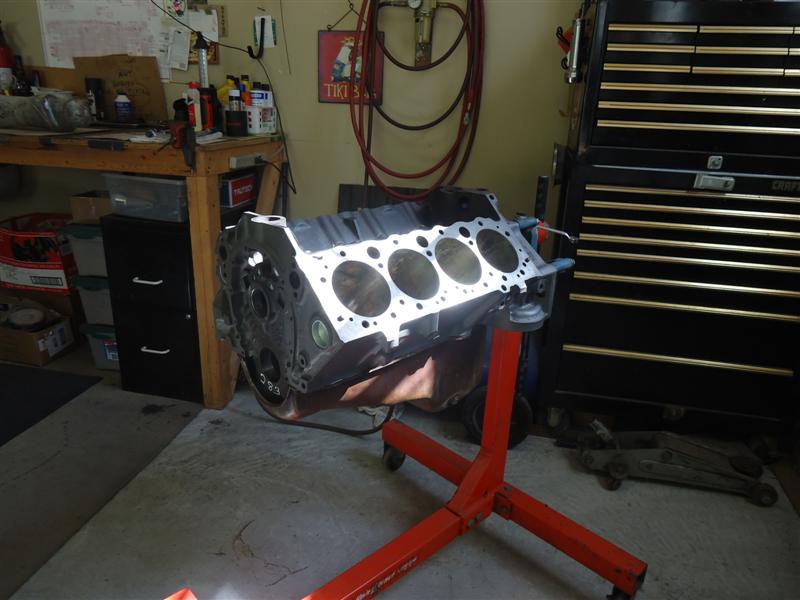
The engine stand I have is a Hein-Werner with a 1,250-lb capacity. I've had it for over 30 years and it's helped me rebuild several large V8's.
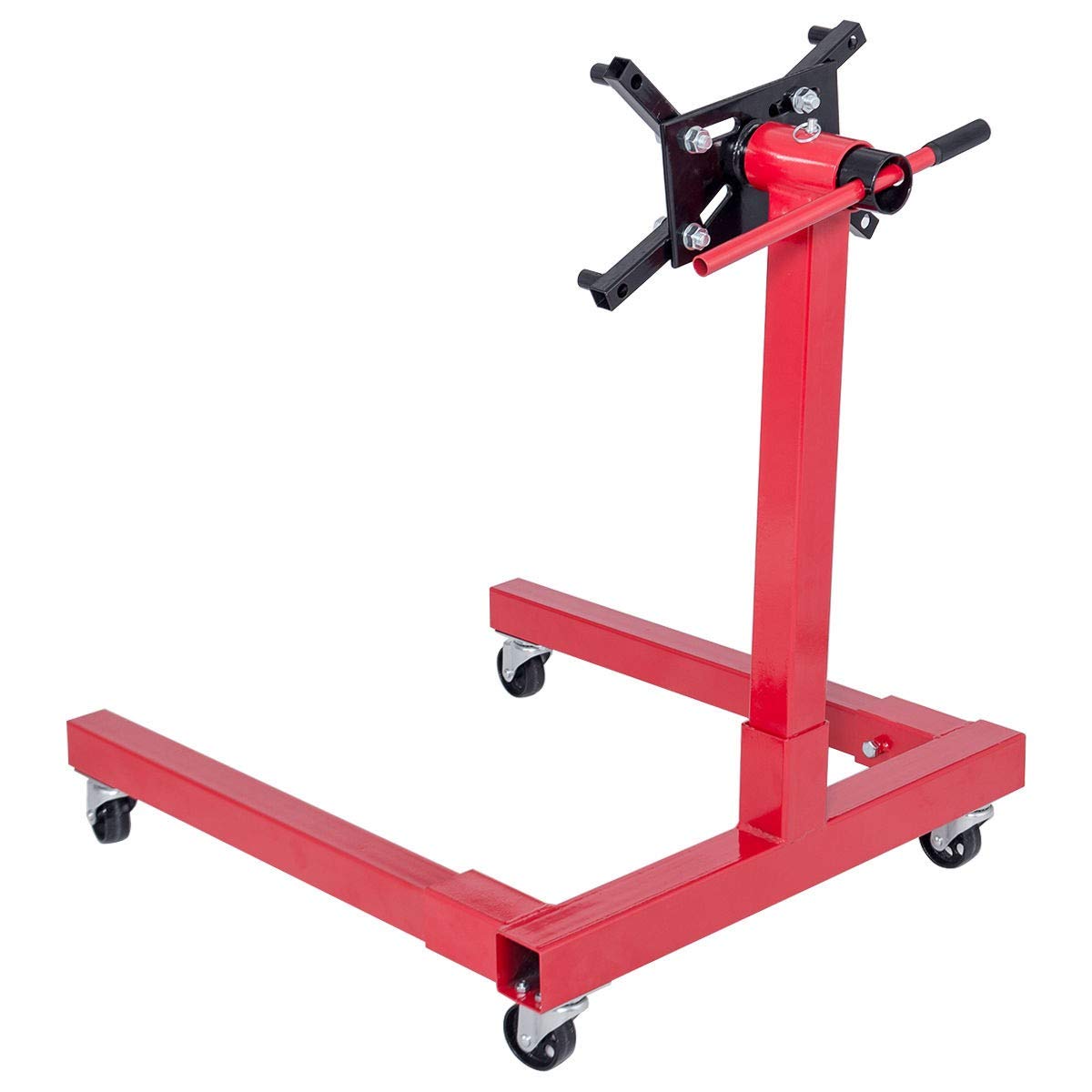
Engine Removal Tips
Before removing the hood, mark where the hood hinges go. This will help re-install later. Pulling the engine out with the transmission still installed is harder, so try to separate them before lifting the motor out. Most of the time you will not have to disconnect or remove the steering column to pull the engine out of a rear-wheel drive car.
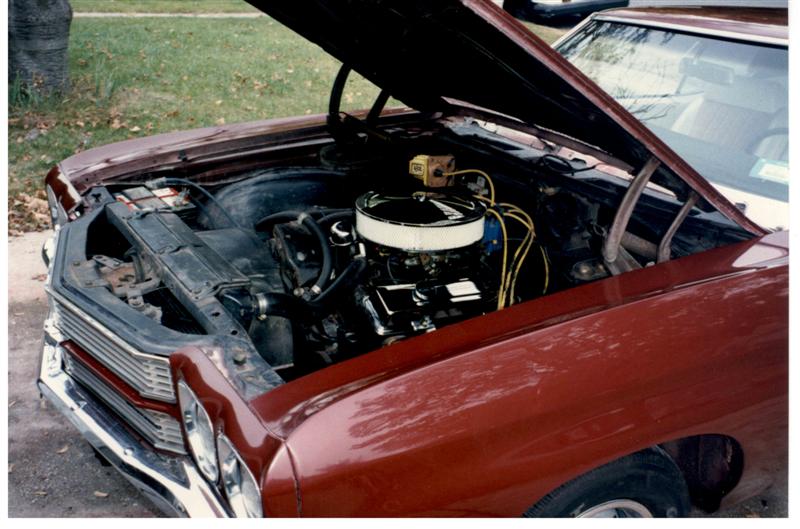
Read: Engine Rebuild and Repair
Stock Exhaust vs Headers
There's not too much that sounds better than a high-compression V-8 with headers. They help unleash horsepower and increase an engine's efficiency. But although headers add more horsepower to your muscle car, they usually decrease it's value.
************************
Muscle Car Emissions
Muscle cars are worth more in factory-stock condition, but the majority of them (late sixties and early seventies) have had the factory smog equipment removed at some point. It could be that a previous owner was trying to get more power, or could've been the parts weren't working correctly.
If your old car is missing the air pump, it's probably also missing the manifold tubes, check valves, diverter valve, mounting bolts and brackets, as well as hoses and clamps. Many of these parts can still be found in new or used condition.
As the new age of muscle cars has shown, it is entirely possible to build a motor that makes big power and is still emissions legal. This is due to current technology; for example, new catalytic converters allow modern cars to be emissions compliant without being restrictive.
Read: Understanding Emissions Systems
*****************************
Drum Brake vs Disc Brake
Most sixties muscle cars left the factory with drum brakes front and rear. You'll want to leave these in place if you're restoring a muscle car back to stock original. If you plan on driving your muscle car 1,000 miles or less a year, four-wheel drum brakes are fine (they just take more effort).
Read: Overhauling Drum Brake Systems
For those of you who are building a street car or want to do some competitive track time, a front disc conversion may be a worthwhile upgrade.
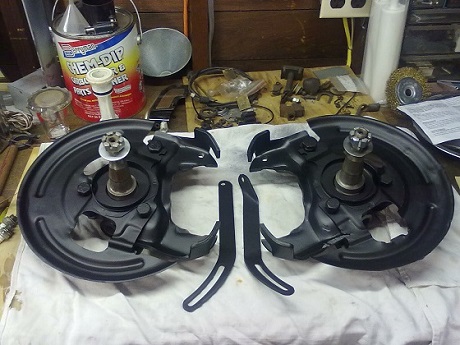
There are two options to choose from when converting front manual drum brakes to power discs. You can either scrounge up good used parts from a donor car, or buy an aftermarket brake conversion kit, which are available for most old muscle cars.
*****************************
Stock vs Aftermarket Parts
Classic muscle cars are considered to be more valuable when they have their stock or original parts, or at least a high percentage of original parts. Unfortunately, these get harder to come by with every passing year.
By using original parts whenever possible, you'll be adding significant value to your car. This is why, if you have a chance to buy a new OEM part versus an aftermarket part, don't bid or haggle - buy it. While you're researching the part and trying to find it cheaper, someone who has already done their homework is clicking the "Buy It Now" button.
Like all old car projects, good, level-headed planning is key to a successful outcome. This is why spending time doing research is so important. Use your time and energy wisely.
Chevelle Restoration
My first muscle car restoration was a small-block, 4-speed 1970 Chevelle. I purchased this car in 1991, before prices started rising out of the hands of the average enthusiast.
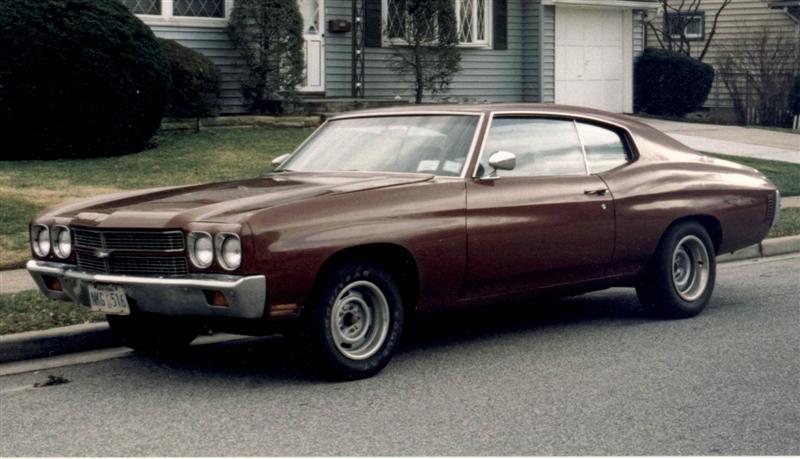
The Chevelle was my daily driver for a several years. When I bought it, the rear fender wells had been cut out and fiberglass-mesh fender flares were added. This modification may have been cool in the seventies, but did not belong on this classic muscle car. Removing the flares and repairing the quarter panels would be the most time-consuming part of the restoration.
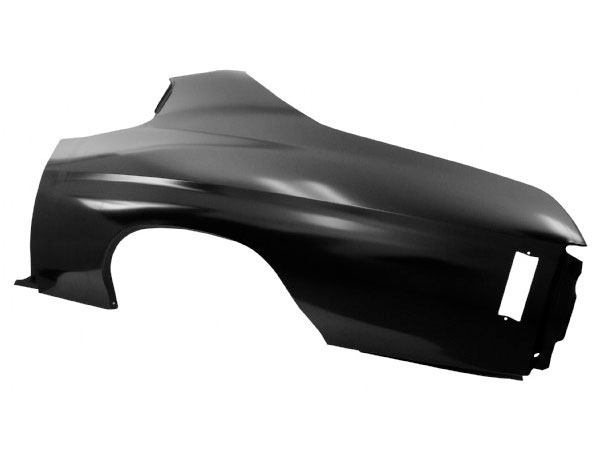
Read: How To: Automotive Bodywork
*****************************
GTO Restoration
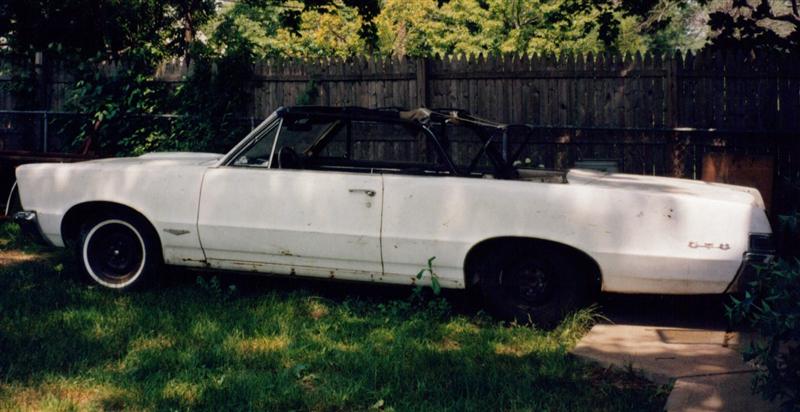
In 1993, I had the opportunity to buy a 1965 GTO convertible. It was weathered, battered, and neglected, but it was a PHS documented, Tri-power, 4-speed car.
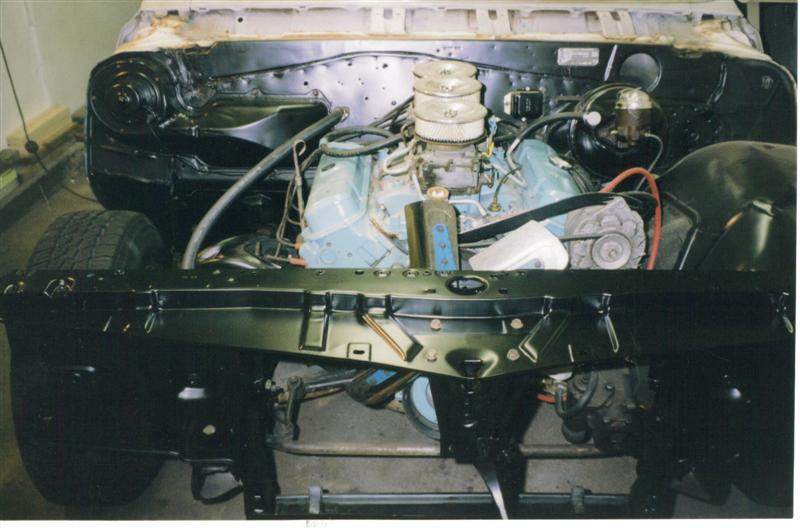
A previous owner drilled holes into the hood and radiator support to add non-stock hood pins.
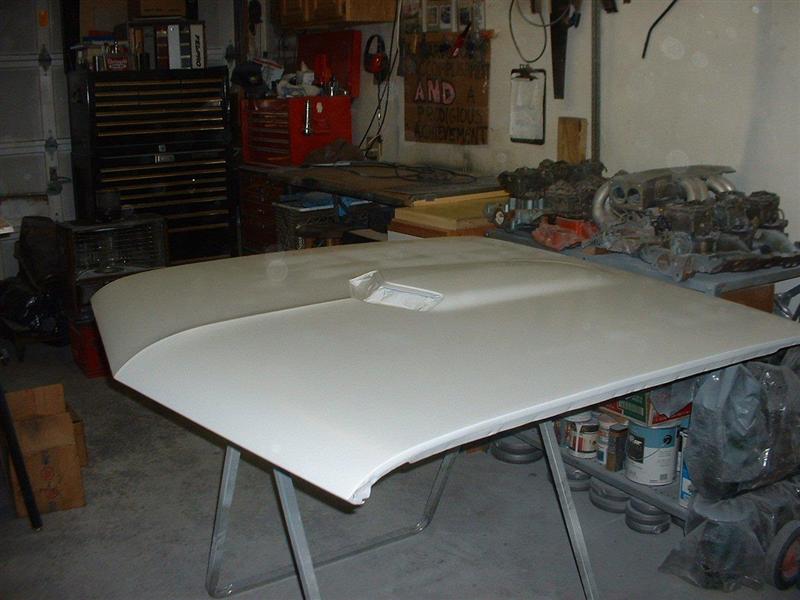
After removing the hood pins, I replaced the radiator support, then fabricated and welded in metal patches for the holes in the hood.
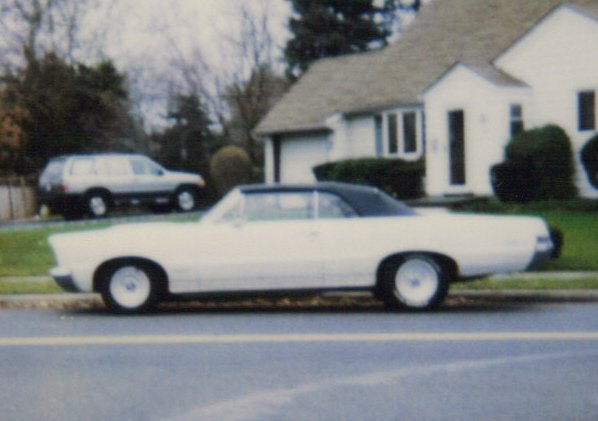
*****************************
My friend Ray has owned his 1965 GTO for six decades. After all that time, it's just about done...
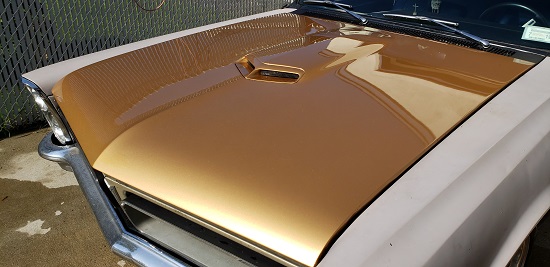
Read: Dual Quad GTO
*****************************
Related Articles: